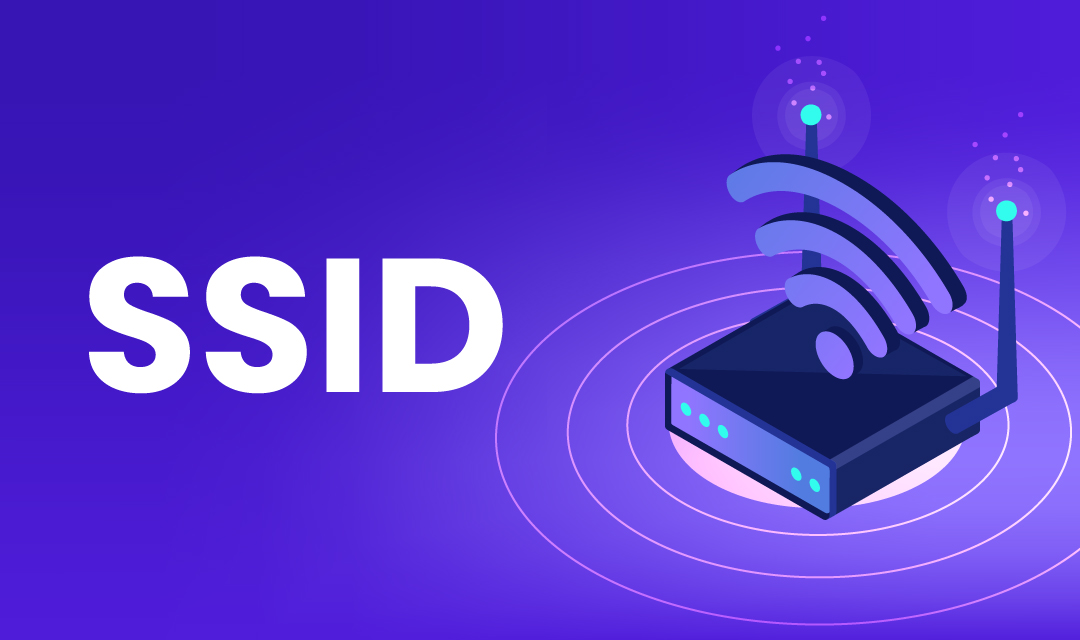Feb 27
2021
What is a VLAN?

A VLAN is a logical partition of a physical LAN into virtual segments. By dividing a physical LAN into virtual networks, network administrators can group devices together according to their traffic characteristics. Not all devices in the same LAN need to communicate with each other and by segmenting a physical network into logical groups, resources available within a VLAN can only be shared amongst devices contained within.

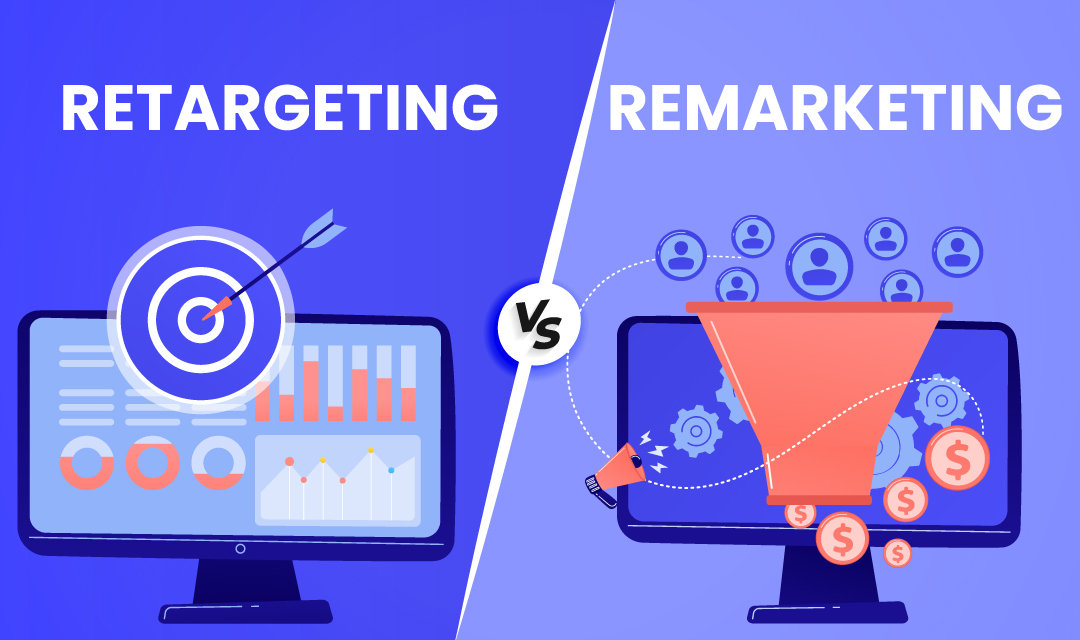

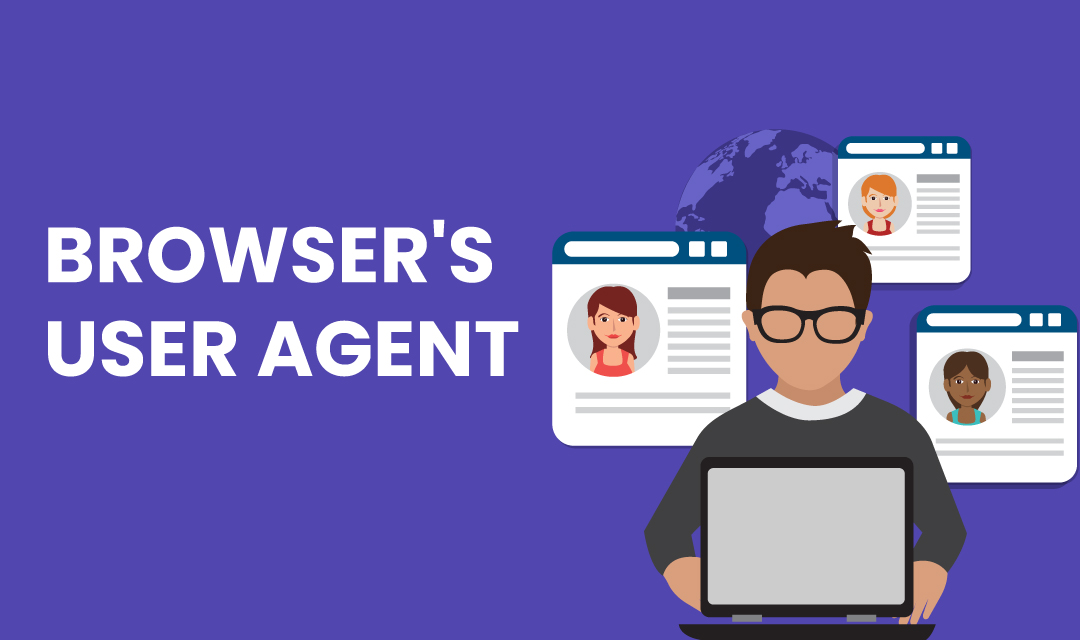
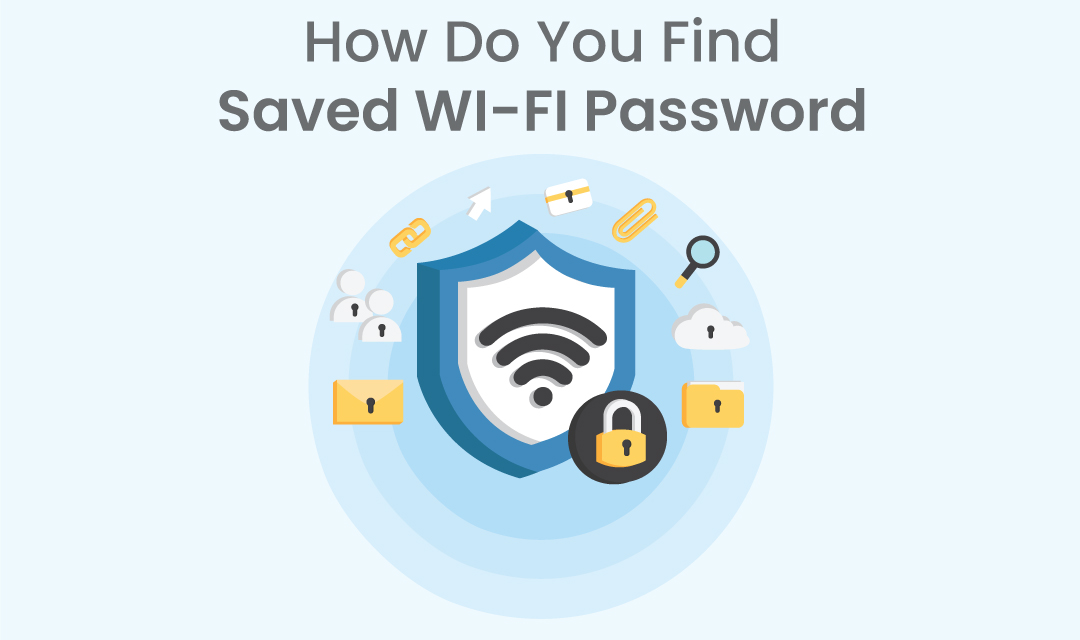
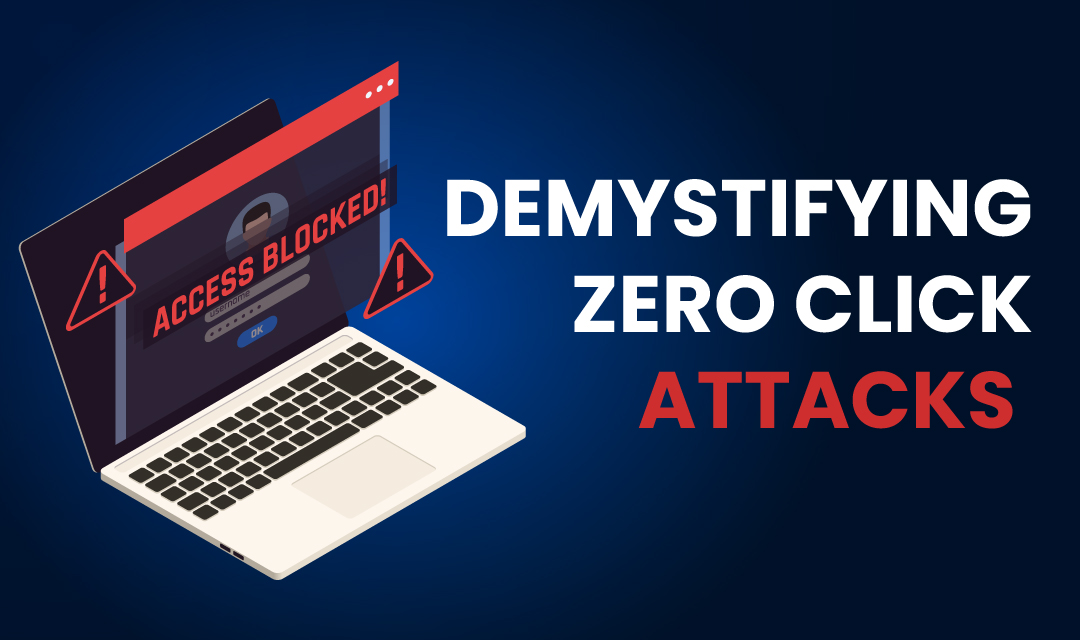
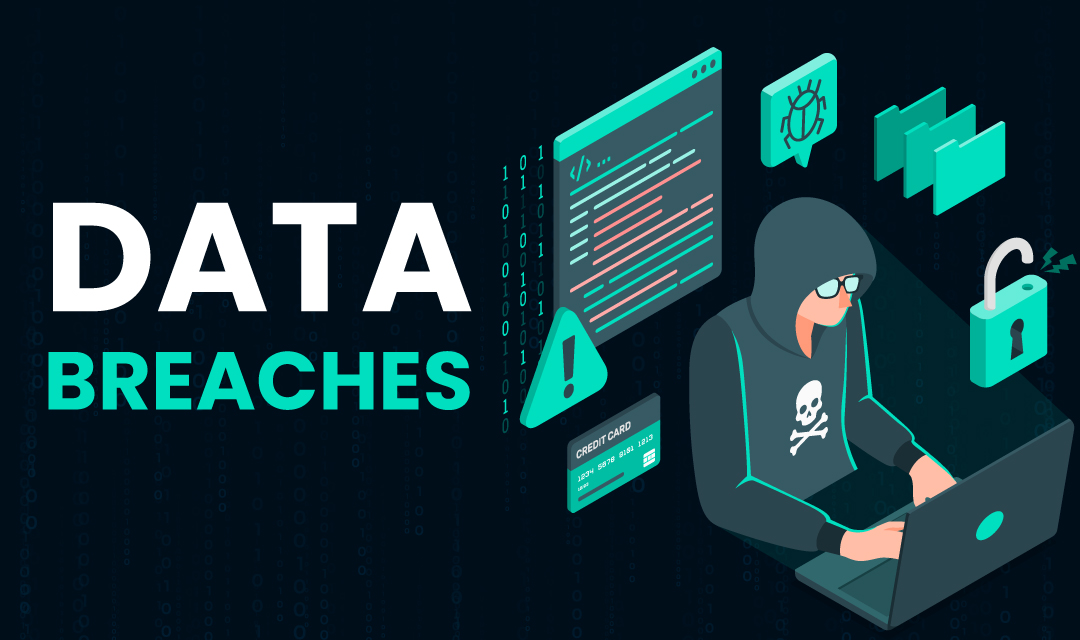
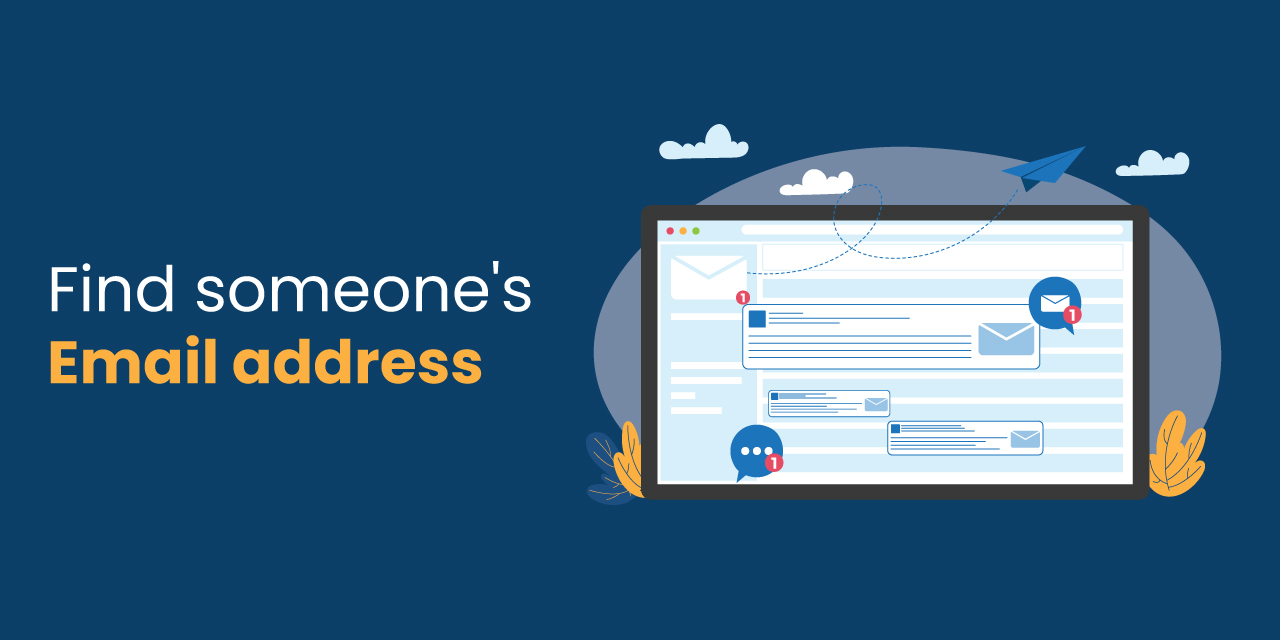
.jpg)
